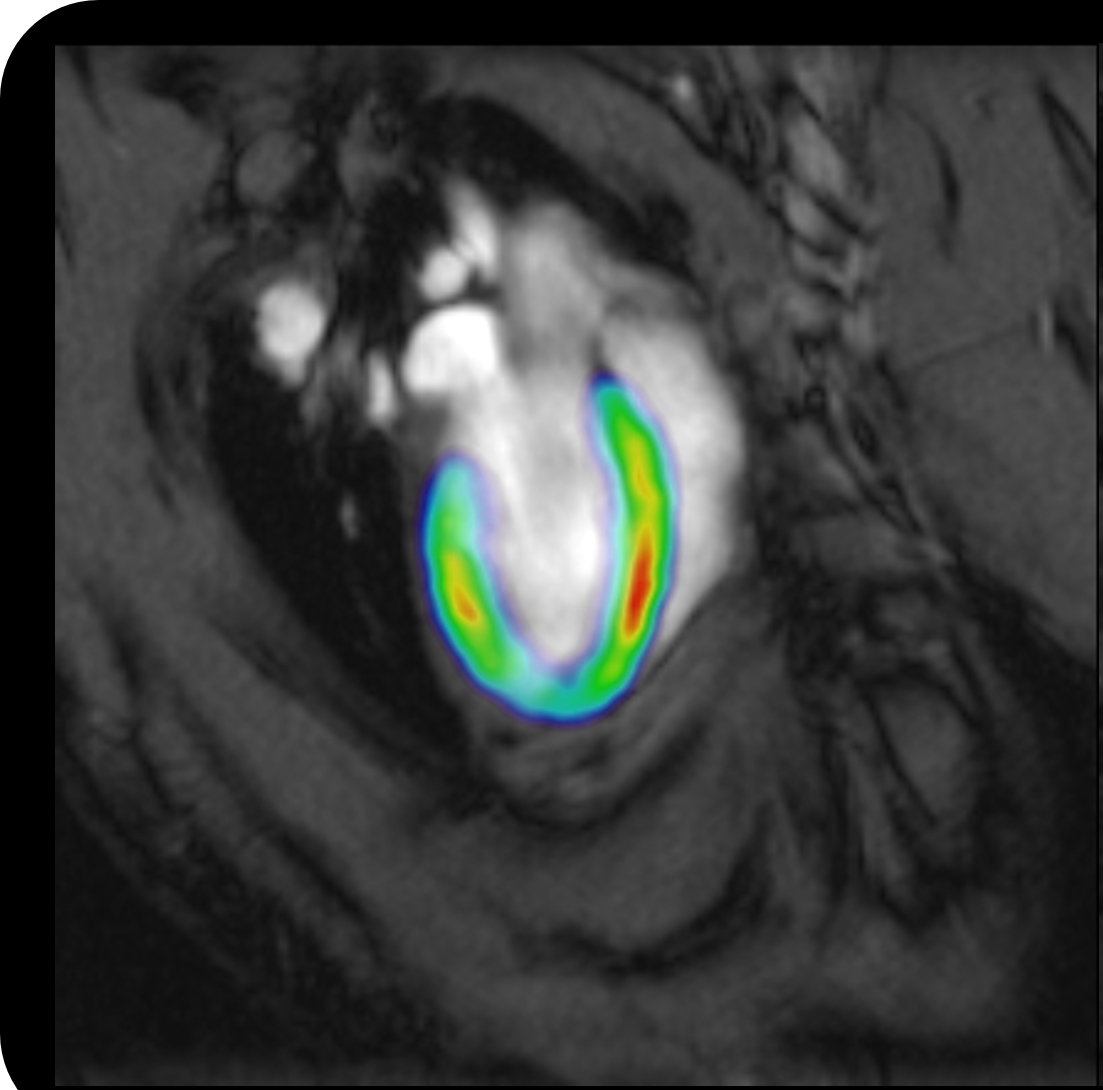

Bruker at ISMRM 2026
Bruker Preclinical Imaging is heading to Cape Town for ISMRM 2026 and we’re bringing a fresh way to navigate the “field”: the terrain of South Africa, the magnetic field, and your field of study.
Let Bruker Be Your Field Guide to Discovery as you explore our comprehensive portfolio—featuring UHF MRI for ultrahigh sensitivity and microstructural detail, BioSpec Maxwell for robust performance and streamlined workflows, Dynamis DNP for rapid, hyperpolarized metabolic imaging, PET/MR for advanced dual-modality insights, and ParaVision 360 for versatile, consistent, and reliable software solutions. Whether your focus is oncology, neurology, or metabolic imaging, Bruker’s technologies are designed to empower your research and accelerate your path to new breakthroughs.
At the Bruker booth, you’ll find hands‑on demos, expert consultations, and practical workflows that move science from idea to insight—faster. Come meet our applications scientists, swap best practices with our community, and leave with tangible ways to elevate sensitivity, throughput, and decision‑making in your lab.
We look forward to seeing you in Cape Town, 9–14 May 2026.
Bruker Scientific Workshop at the ISMRM
We will once again host our annual scientific workshop on Saturday May 9th. The workshop will be held at the Westin Cape Town, which is connected to the CTICC making it very convenient.
Agenda coming soon!
Our Highlights
BioSpec Maxwell
Intelligent MRI in a small footprint
BioSpec Ultra-High Field MRI
The Ultimate in Preclinical MRI
Coils and Cradles
Perfectly Matched to your applications
ParaVision 360
Preclinical Imaging Community
Join our community of preclinical imaging users
Preclinical Imaging Drives Neuroscience
Improving knowledge of brain development, structure, and function



